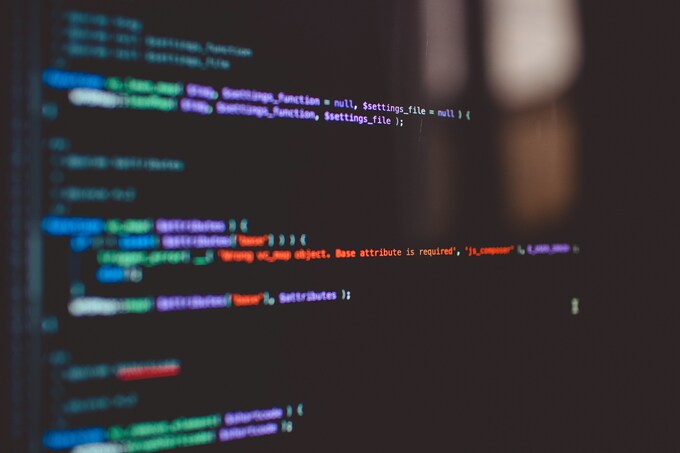Welcome to the world of secure user registration systems! In today’s digital age, safeguarding user information is paramount. If you’re looking to build a robust and reliable user registration system using Laravel, you’ve come to the right place. Join us as we delve into the essentials of creating a secure user registration process that will ensure your users’ data is protected at all costs. Let’s get started on this exciting journey towards enhancing your application’s security measures!
Understanding the Importance of a Secure User Registration System
In the realm of web development, a secure user registration system serves as the cornerstone of protecting sensitive user data. It is not just about creating accounts; it’s about instilling trust and confidence in your users. By implementing robust security measures, you demonstrate your commitment to safeguarding their information.
A secure registration process mitigates the risk of unauthorized access and potential breaches. It sets the foundation for building a strong relationship with your users based on transparency and reliability. With cyber threats evolving constantly, investing in a secure user registration system is non-negotiable.
Сomplying with data protection regulations such as GDPR becomes seamless when you have stringent security protocols in place. Users are more likely to engage with platforms that prioritize their privacy concerns. A secure user registration system enhances your brand reputation and fosters long-term customer loyalty.
The Basics of Laravel Framework
Laravel is a powerful PHP framework known for its elegant syntax and developer-friendly features. It provides a robust set of tools and libraries that streamline the process of building web applications. With Laravel, developers can focus on writing clean, efficient code without getting bogged down by repetitive tasks.
One of the key features of Laravel is its built-in authentication system, which makes it easy to implement user registration, login, and password reset functionality. The framework also offers strong security measures to protect against common vulnerabilities like SQL injection and cross-site scripting attacks.
Laravel comes with a migration system that simplifies database management by allowing developers to define database schemas using PHP code. This ensures consistency across different environments and makes it easier to collaborate with other team members.
Mastering the basics of Laravel framework is essential for creating secure and reliable web applications that meet modern standards of functionality and performance.
Setting Up the Database and User Model
When building a secure user registration system in Laravel, setting up the database and user model is crucial. Start by configuring your database connection in the .env file to establish a link between your Laravel application and the database. Next, create a migration for the users table using Artisan command line interface to define the structure of the table.
In Laravel, Eloquent ORM simplifies interaction with databases by mapping each database table to a corresponding model class. Create a User model using Artisan command make:model User –migration to handle user-related operations such as storing and retrieving user data securely.
Ensure that your User model includes necessary fields like name, email, password (hashed for security), timestamps, etc., based on your project requirements. Define relationships with other models if needed for seamless data retrieval.
By setting up the database and user model correctly in Laravel, you lay a strong foundation for building a secure and reliable user registration system that safeguards sensitive user information from potential threats.
Creating the Registration Form and Validating User Input
When it comes to creating the registration form in Laravel, ensuring proper validation of user input is crucial. By setting up validation rules, you can prevent any malicious or incorrect data from being submitted. Laravel provides a clean and efficient way to validate user input through its built-in validation features.
You can define specific rules for each field in the registration form, such as required fields, minimum and maximum lengths, email format, and more. This ensures that users provide accurate information when signing up on your platform. Additionally, Laravel allows you to customize error messages for each validation rule, providing a better user experience.
By incorporating CSRF protection in your registration form, you add an extra layer of security against cross-site request forgery attacks. This helps protect sensitive user data from unauthorized access or manipulation. Creating a secure and well-validated registration form in Laravel is essential for building a reliable user registration system.
Ensuring a Strong and Reliable User Registration System in Laravel
Ensuring a strong and reliable user registration system in Laravel is essential for any web application. By understanding the importance of security measures, setting up the database and user model correctly, creating a robust registration form with proper validation, you can build a secure foundation for your users.
Remember to always stay updated on best practices in web security, regularly review and update your codebase, and conduct regular security audits to identify any potential vulnerabilities. With diligence and attention to detail, you can create a safe environment for user data within your Laravel application.
Building trust with your users starts with providing them with a secure experience from the moment they sign up. By implementing these steps and continuously improving your system’s security measures, you can ensure that your user registration process remains strong and reliable over time.
